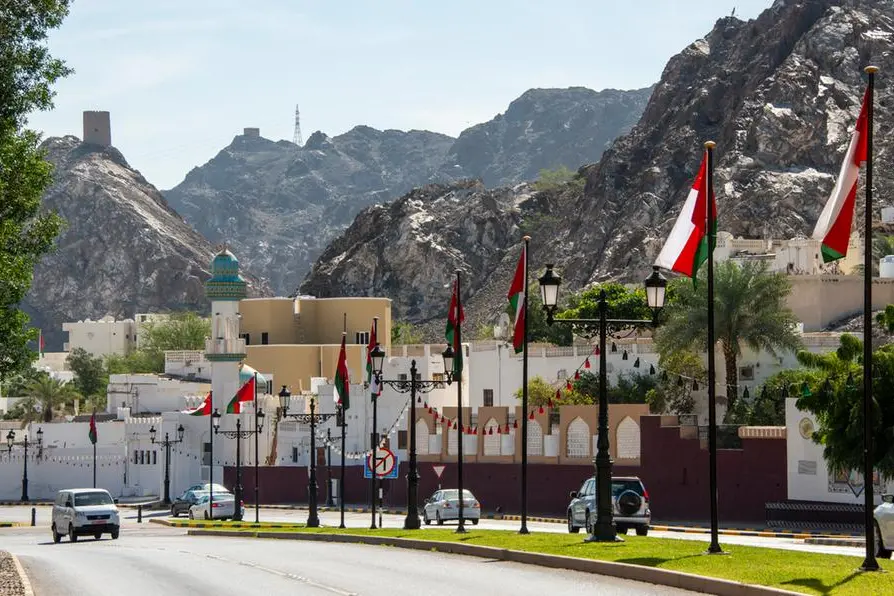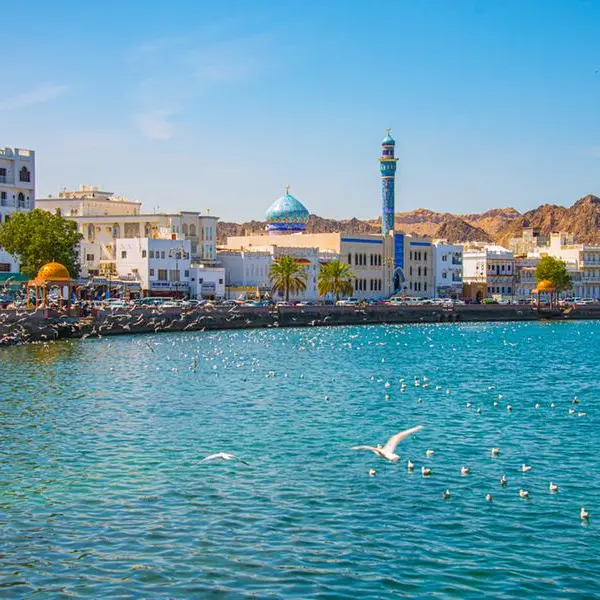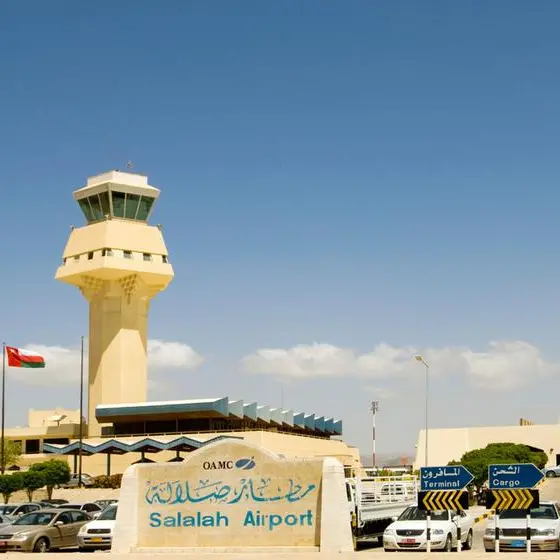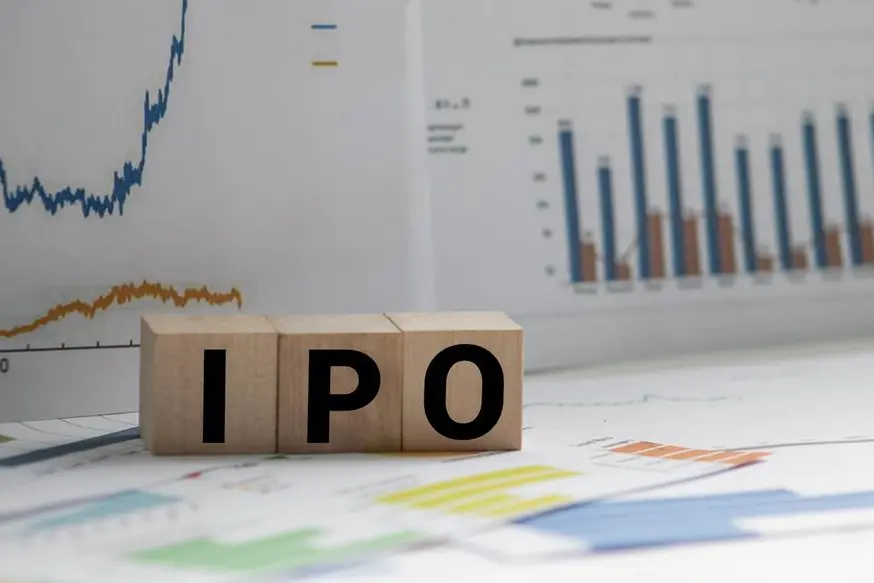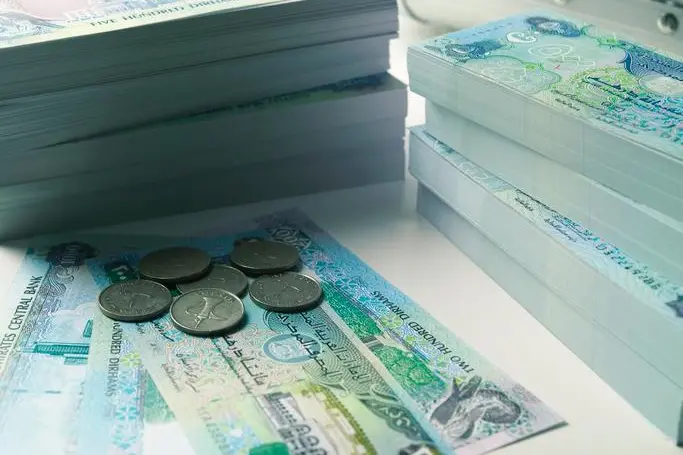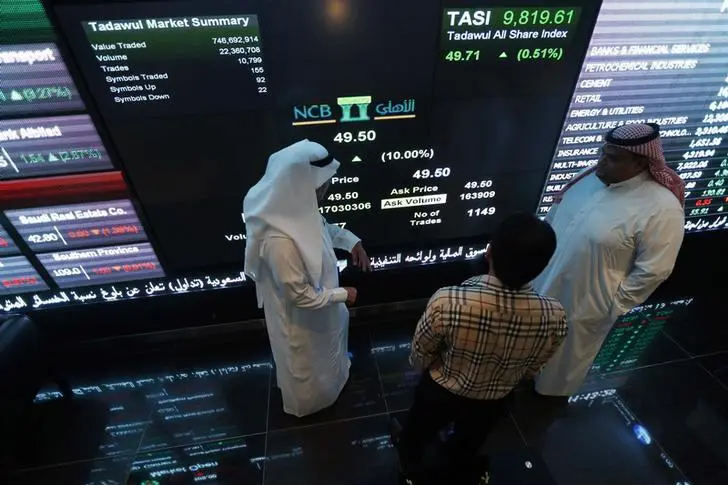PHOTO
Muscat, Oman's port capital, sits on the Gulf of Oman surrounded by mountains and desert. Getty Images Image used for illustrative purpose.
Muscat: Oman’s real GDP – gross domestic product at constant prices – increased by 1.7% to RO38.3bn for the full year 2024, compared to RO37.6bn recorded in the previous year, according to preliminary data issued by the National Centre for Statistics and Information (NCSI).
The value of oil activities decreased by 3.0%, recording RO11.8bn in 2024, compared to RO12.2bn in 2023, the data showed.
The contribution of oil and gas activities to the sultanate’s GDP reached 29.0% last year. The value added of oil activities totalled RO9.973bn, a decrease of 3.0%, while natural gas activities increased by 5.4% to RO1.837bn, according to the NCSI data.
The value of non-oil activities increased by 3.9%, reaching RO27.869bn in 2024, compared to RO26.834bn recorded in the previous year.
Industrial sector activity recorded a robust growth in 2024. The total value added of industrial activities amounted to RO8.395bn, compared to RO7.993bn in 2023.
Agriculture, forestry, and fishing activities accounted for RO987.4mn, while service activities contributed RO18.486bn. Construction activity accounted for 9.0%, followed by wholesale and retail trade (8.0%), public administration and defence (9.0%), and other non-oil activities (45.0%).
Oman’s economic growth is expected to gain momentum in 2025-2026, with a projected average expansion of 3.0%, driven by ongoing government reforms and growing investment in non-oil sectors, according to the World Bank.
In its latest Gulf Economic Update, the World Bank revised its outlook for the sultanate, noting that GDP growth was likely to slow in 2024, largely due to the continued extension of voluntary oil output cuts by OPEC+. Despite this, the bank forecasts that Oman’s economic performance will improve in subsequent years, buoyed by higher oil production and sustained progress in diversifying the economy away from hydrocarbons.
‘Oman’s overall GDP growth is projected to pick up over 2025-2026, averaging 3.0%, underpinned by increasing oil output alongside structural reforms and investments in non-oil sectors,’ the World Bank said. ‘This sets the stage for higher non-oil growth in the medium term.’
© Apex Press and Publishing Provided by SyndiGate Media Inc. (Syndigate.info).
